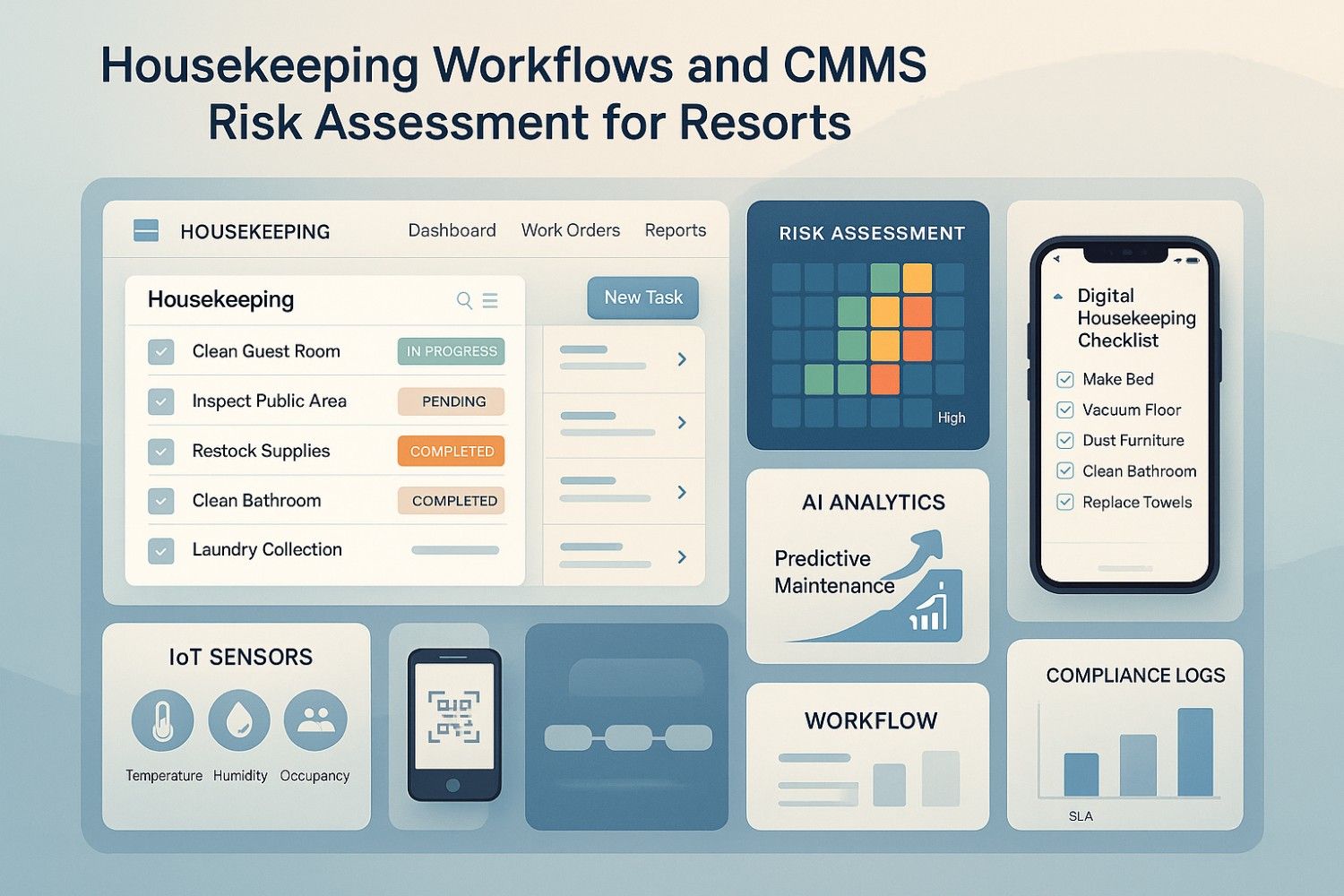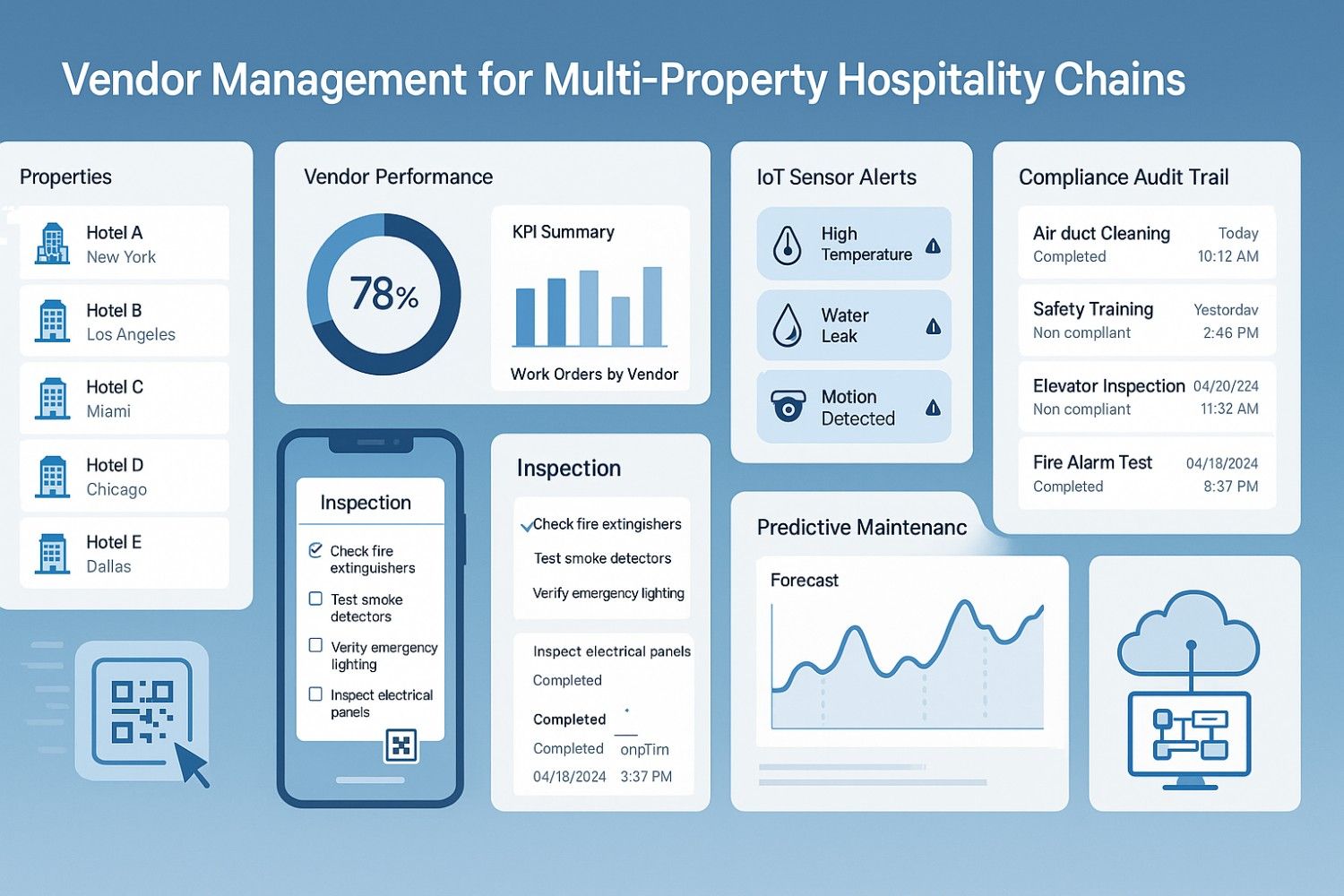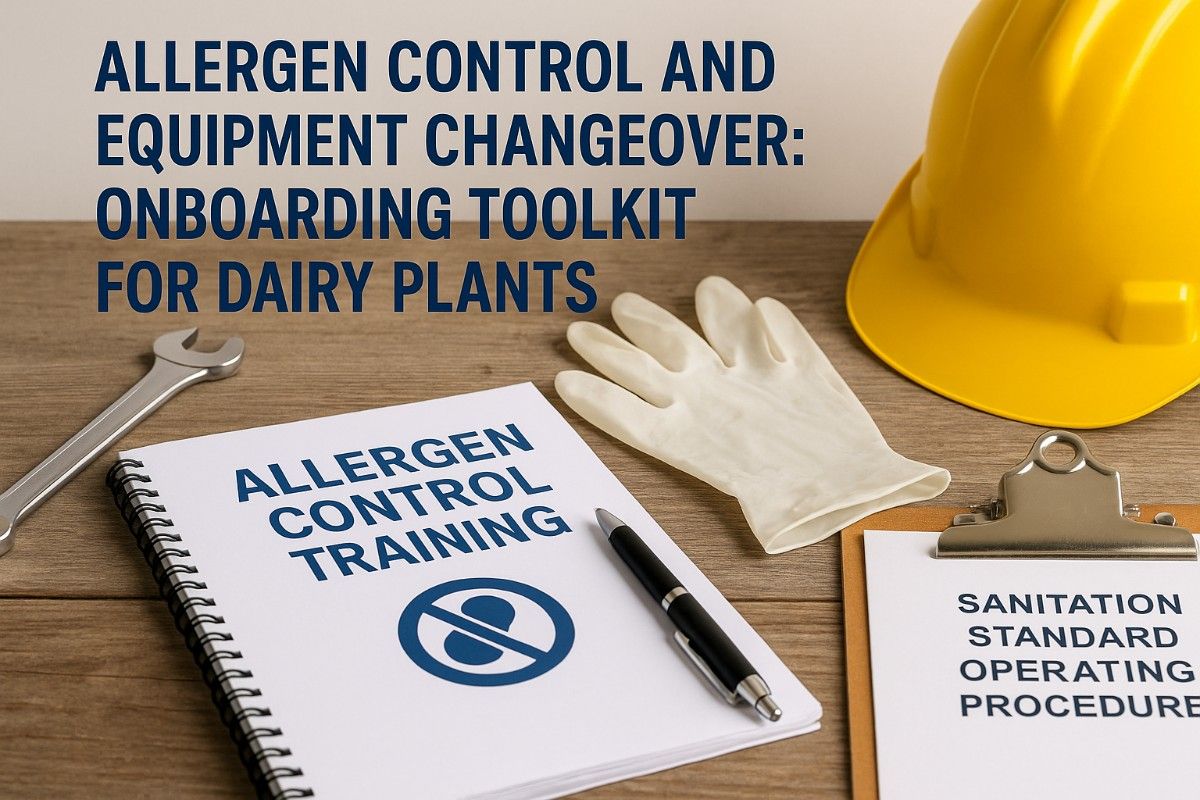In today's fast-paced manufacturing environment, maintaining assembly line efficiency is crucial for meeting production targets and staying competitive. One effective way to enhance efficiency is by implementing a Computerized Maintenance Management System (CMMS). This comprehensive guide will explore how a CMMS can streamline operations, reduce downtime, and boost overall productivity on your assembly line.
Introduction to CMMS
A Computerized Maintenance Management System (CMMS) is a software solution designed to manage and streamline maintenance activities within an organization. It helps track, schedule, and optimize maintenance tasks, ensuring that equipment and machinery are in optimal working condition. For assembly lines, a CMMS can be a game-changer, providing real-time insights and tools to enhance efficiency.
Key Benefits of Implementing a CMMS
1. Improved Equipment Reliability
One of the primary benefits of a CMMS is its ability to improve equipment reliability. By scheduling regular preventive maintenance, a CMMS ensures that assembly line machinery is regularly inspected, cleaned, and serviced. This proactive approach minimizes the risk of unexpected breakdowns and extends the lifespan of critical equipment.
2. Reduced Downtime
Downtime is a major productivity killer on assembly lines. A CMMS helps reduce downtime by providing detailed maintenance schedules and alerts for upcoming tasks. It also enables quick access to maintenance history and documentation, allowing technicians to diagnose and fix issues faster. With a CMMS, maintenance activities can be planned during off-peak hours, minimizing disruptions to production.
3. Enhanced Maintenance Planning and Scheduling
Effective maintenance planning and scheduling are essential for maintaining assembly line efficiency. A CMMS allows maintenance managers to create and manage work orders, assign tasks to technicians, and track progress in real-time. This level of organization ensures that maintenance activities are carried out on time and resources are utilized efficiently.
4. Better Inventory Management
A CMMS can significantly improve inventory management by tracking spare parts and consumables. It helps maintain optimal inventory levels, reducing the risk of stockouts or overstocking. With real-time inventory data, maintenance teams can quickly identify and order necessary parts, ensuring that repairs and maintenance tasks are completed without delays.
5. Data-Driven Decision Making
One of the most powerful features of a CMMS is its ability to collect and analyze data. Maintenance managers can generate detailed reports on equipment performance, maintenance costs, and downtime. This data-driven approach enables informed decision-making, helping to identify trends, optimize maintenance strategies, and improve overall assembly line efficiency.
Implementing a CMMS: Best Practices
1. Assess Your Needs
Before implementing a CMMS, it's essential to assess your organization's specific needs. Identify the key challenges you face in maintaining assembly line efficiency and determine the features and functionalities required to address these challenges. This assessment will guide you in selecting the right CMMS solution for your needs.
2. Choose the Right CMMS Solution
There are various CMMS solutions available in the market, each with its own set of features and capabilities. When choosing a CMMS, consider factors such as ease of use, scalability, integration with existing systems, and vendor support. A user-friendly and scalable CMMS will ensure smooth implementation and long-term success.
3. Train Your Team
Effective implementation of a CMMS requires proper training for all users. Ensure that your maintenance team, as well as relevant staff from other departments, are adequately trained on how to use the CMMS. Training should cover all aspects of the system, including work order management, inventory tracking, and reporting.
4. Start with a Pilot Program
Implementing a CMMS across the entire organization can be a daunting task. To ensure a smooth transition, start with a pilot program in a specific department or area of the assembly line. This allows you to test the system, identify any issues, and make necessary adjustments before rolling it out on a larger scale.
5. Monitor and Optimize
Once the CMMS is implemented, continuously monitor its performance and gather feedback from users. Use the data collected by the system to identify areas for improvement and optimize your maintenance processes. Regularly updating and fine-tuning the CMMS will ensure that it continues to deliver maximum benefits.
Case Studies: Success Stories
Case Study 1: Automotive Manufacturing
An automotive manufacturing company implemented a CMMS to improve the efficiency of its assembly line. By scheduling regular preventive maintenance and using real-time data to address issues promptly, the company reduced downtime by 25% and increased overall production efficiency by 15%.
Case Study 2: Electronics Assembly
An electronics assembly plant faced frequent equipment breakdowns, leading to significant production delays. After implementing a CMMS, the plant achieved better inventory management and streamlined maintenance processes. As a result, equipment reliability improved, and production downtime decreased by 30%.
Conclusion
Boosting assembly line efficiency is essential for staying competitive in the manufacturing industry. Implementing a CMMS can provide numerous benefits, including improved equipment reliability, reduced downtime, enhanced maintenance planning, better inventory management, and data-driven decision-making. By following best practices and learning from successful case studies, organizations can successfully implement a CMMS and achieve significant improvements in assembly line efficiency.
Ready to take your assembly line efficiency to the next level? Contact us today to learn how our CMMS solutions can help you streamline operations and boost productivity.
Unlock your assembly line's full potential
Sign up now to access expert insights, advanced CMMS tools, and best practices to streamline operations and boost productivity.









